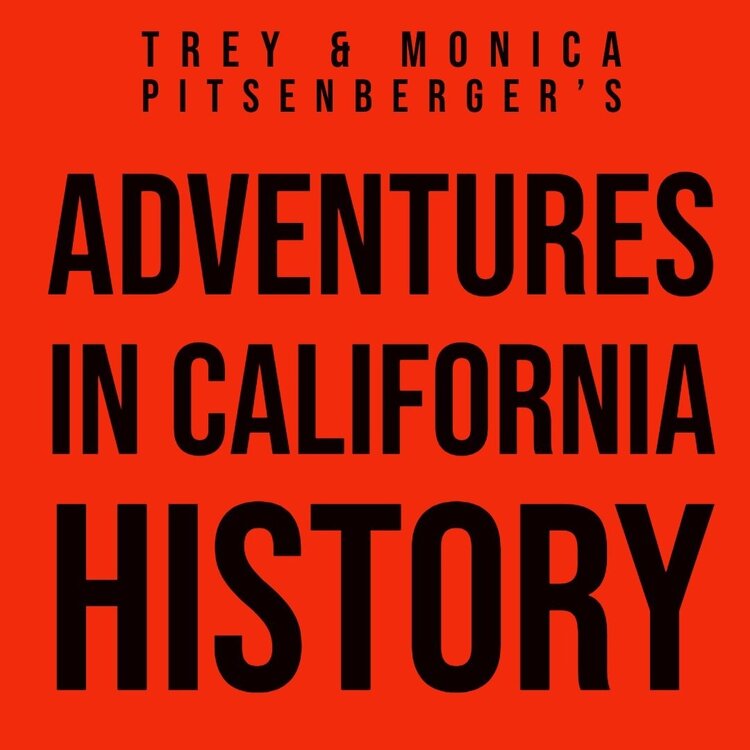A resident of Purtyman's Ranch, Spencevilles earlier name, was digging a well for drinking water and came upon some copper in 1863. Mining commenced but only lasted until 1865 as the copper was a low grade, and working it after the costs of labor and materials was just too high. The mine lay dormant until The San Francisco Mining Company bought the property in 1872 and invested $15,000 in equipment to better extract the copper. A document from 1875 states,
“Work is being prosecuted on the copper-mine at Spenceville, in this county, under the superintendency of Mr. G. P. Deetkin, with every prospect of success. The shaft is down 100 feet, and the ledge at that depth is 70 feet in width. The rock is richly impregnated with native copper. The ore is taken out and roasted in a large furnace, after which it is turned into three large vats, upon which a stream of cold water is turned, and the copper, in a state of solution, is then conducted from the vats into a large cylinder of about 12 feet in diameter. In this is placed old or refuse iron, for which the copper has an affinity. The cylinder is made to revolve rapidly by steam, by which means the copper is collected on the iron. The superintendent thinks the process of separating copper from the ore in which it is contained is no longer a matter of experiment. There are many other ledges in the vicinity equally as rich, and are awaiting the success of working this one.” Raymond, Rossiter W (1875) Statistics Of Mines And Mining In The States And Territories West Of The Rocky Mountains; Being Тhе Seventh Annual Report United States Commissioner Of Mining Statistics, Government Printing Office 1875























